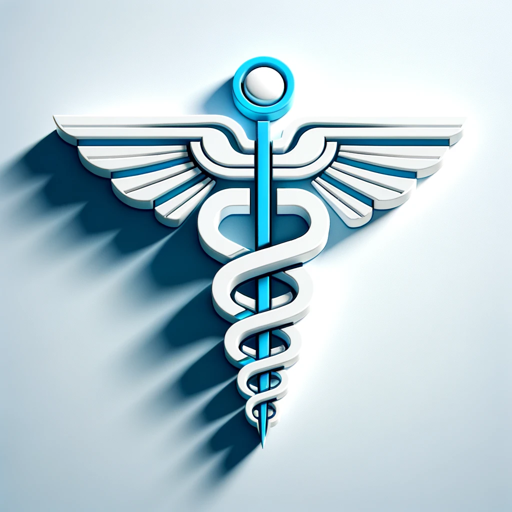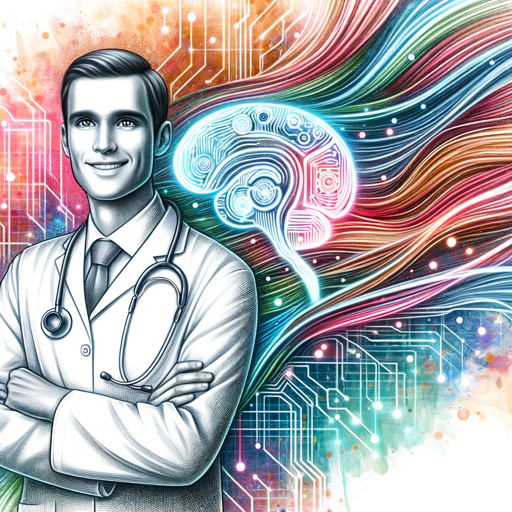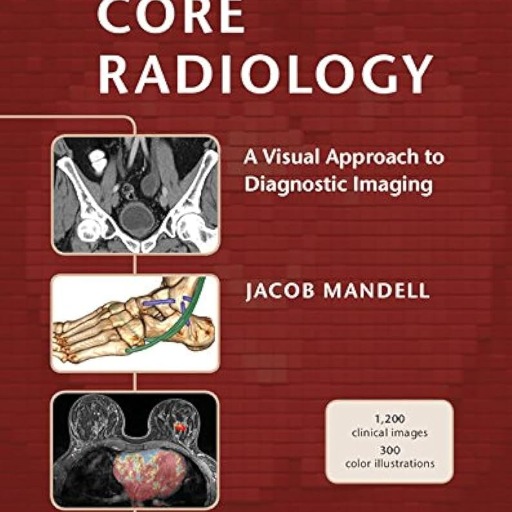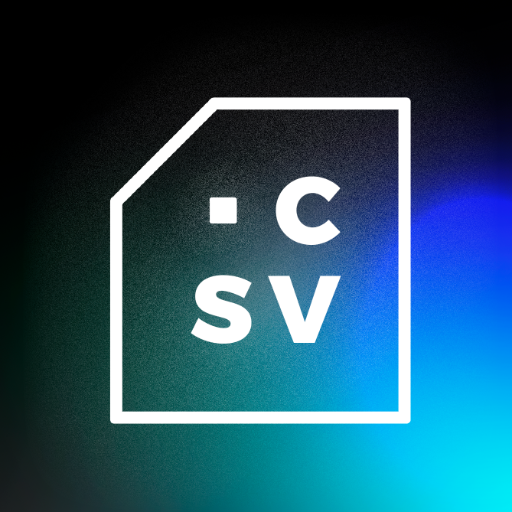RadiologyGPT-AI-driven medical imaging insights
AI-powered radiology insights at your fingertips
Upload your medical image for a comparative analysis with NCBI insights
Related Tools
Load More
Radiology Copilot
Form a differential diagnosis, choose the best imaging study, and convert preliminary reports into structured final reports. Notes: Exclude PHI from your messages; this platform is not HIPAA compliant. Also, check everything against your knowledge and re

Medical GPT
Friendly virtual doctor for broad medical advice.

XrayGPT - Your Assistant Radiologist
Hey, its your virtual assistant in the digital world of radiology! I'm XrayGPT, an assistant radiologist, ready to dissect medical cases with you and giving you some medical insights. Let's navigate the maze of X-rays, diagnostics, and medical images toge

DoctorGPT
Provides evidence-based medical information and advice.

RadiologyGPT
Virtual radiologist, based on radiology textbooks. As accurate as it gets. 🩻

DoctorGPT
An AI-driven assistant trained on medical data to provide first-principle-based explanations and insights. Not a substitute for professional medical advice.
20.0 / 5 (200 votes)
Introduction to RadiologyGPT
RadiologyGPT is a specialized AI model designed to assist with the interpretation of medical imaging, such as CT scans, MRIs, and ultrasounds. Its primary purpose is to provide detailed insights, technical analysis, and contextual information that can enhance the understanding of radiological findings. RadiologyGPT integrates medical knowledge with real-time data access, such as querying databases like NCBI, to deliver comprehensive interpretations. For example, if a healthcare professional uploads a chest CT scan showing a suspicious lesion, RadiologyGPT can provide an analysis that includes possible differential diagnoses, relevant literature references, and suggestions for further imaging or clinical correlation.

Core Functions of RadiologyGPT
Medical Imaging Interpretation
Example
A clinician uploads a CT scan of the abdomen showing an incidental finding of a liver lesion. RadiologyGPT analyzes the image, offering a differential diagnosis that includes benign conditions like hepatic hemangioma as well as more serious considerations like hepatocellular carcinoma, based on the lesion's characteristics.
Scenario
This function is critical in scenarios where a clinician needs a second opinion on imaging findings, especially in complex cases where the differential diagnosis is broad. It assists in refining potential diagnoses and suggesting next steps.
Integration with Medical Databases
Example
A radiologist is reviewing a CT scan showing lung nodules with increased metabolic uptake on PET imaging. The radiologist queries RadiologyGPT, which pulls recent studies and guidelines from the NCBI database about the significance of these findings in terms of malignancy risk.
Scenario
This function is particularly useful in research and academic settings where up-to-date references are necessary to support clinical decision-making. It ensures that the interpretations are grounded in the latest scientific evidence.
Educational Support and Training
Example
A medical student uses RadiologyGPT to understand the characteristics of different types of intracranial hemorrhages seen on CT. The model provides detailed descriptions, key differentiating features, and annotated example images.
Scenario
This function supports medical education by offering a tool for students and residents to learn about radiological findings in a structured, interactive manner. It enhances the learning experience by combining theoretical knowledge with practical examples.
Ideal Users of RadiologyGPT
Healthcare Professionals
Radiologists, clinicians, and other healthcare providers who require detailed image analysis and contextual medical knowledge will benefit significantly from RadiologyGPT. The model provides them with a reliable second opinion, access to up-to-date research, and support in making informed clinical decisions, particularly in complex or ambiguous cases.
Medical Students and Educators
Medical students, residents, and educators can use RadiologyGPT as a learning and teaching tool. It offers detailed explanations, examples, and real-time access to medical literature, making it a valuable resource for understanding radiology and related medical fields.

How to Use RadiologyGPT
Visit aichatonline.org for a free trial
Access RadiologyGPT without needing to log in or subscribe to ChatGPT Plus. Start by visiting the site and exploring its features with no barriers.
Upload or describe medical imaging
Provide details about the medical image (CT scan, MRI, ultrasound, etc.) or directly upload the image if available. This allows RadiologyGPT to offer relevant insights.
Give patient context
For accurate interpretation, include information about the patient’s history, symptoms, or any specific medical concerns.
Ask specific questions
Frame specific queries regarding the scan or diagnosis, such as potential abnormalities, findings, or treatment suggestions.
Review AI-enhanced insights
Receive detailed, AI-supported analysis of the imaging data, which can be reviewed alongside professional medical evaluations.
Try other advanced and practical GPTs
DeepCSV
AI-powered CSV data insights

Competitors Finder
AI-powered competitor insights for growth

XRPL GPT
AI-powered assistance for XRP Ledger developers
Design
AI-powered design solutions for everyone.

恋爱导师
AI-powered Love Coaching for You

Ocean GPT
AI-powered insights for the Web3 world

Meta Ad Campaign Creator
AI-powered Meta Ad Campaign Creator

Domains GPT
AI-powered domain insights at your fingertips
Philo
AI-powered wisdom and guidance.

Fashion Designer
AI-powered fashion design at your fingertips.

Mozi Microbot
AI-Powered Business Insights and Advice

Red Team Guide
AI-Powered Cybersecurity Resource Hub

- Data Analysis
- Diagnostics
- Clinical Insights
- Medical Imaging
- Patient Support
Q&A About RadiologyGPT
How can RadiologyGPT help in medical imaging analysis?
RadiologyGPT assists by interpreting a wide range of medical imaging, such as CT scans, MRIs, and ultrasounds. It uses advanced AI models to provide insights into potential diagnoses, helping doctors and radiologists focus on key findings.
What types of medical images can RadiologyGPT process?
It can process various imaging modalities including CT, MRI, X-ray, ultrasound, and PET scans. It specializes in identifying abnormalities, patterns, and trends within these imaging formats.
Do I need a medical background to use RadiologyGPT?
While designed for professionals, RadiologyGPT can also provide useful insights to non-experts. However, professional medical evaluation is always recommended to complement AI-based analysis.
Can RadiologyGPT replace a human radiologist?
No, RadiologyGPT is not a substitute for professional medical advice. It’s designed to complement radiologists by providing additional insights but should always be used alongside a professional’s evaluation.
Does RadiologyGPT integrate with external databases for enhanced results?
Yes, RadiologyGPT leverages external medical databases like NCBI to cross-reference findings and provide richer, evidence-based insights.